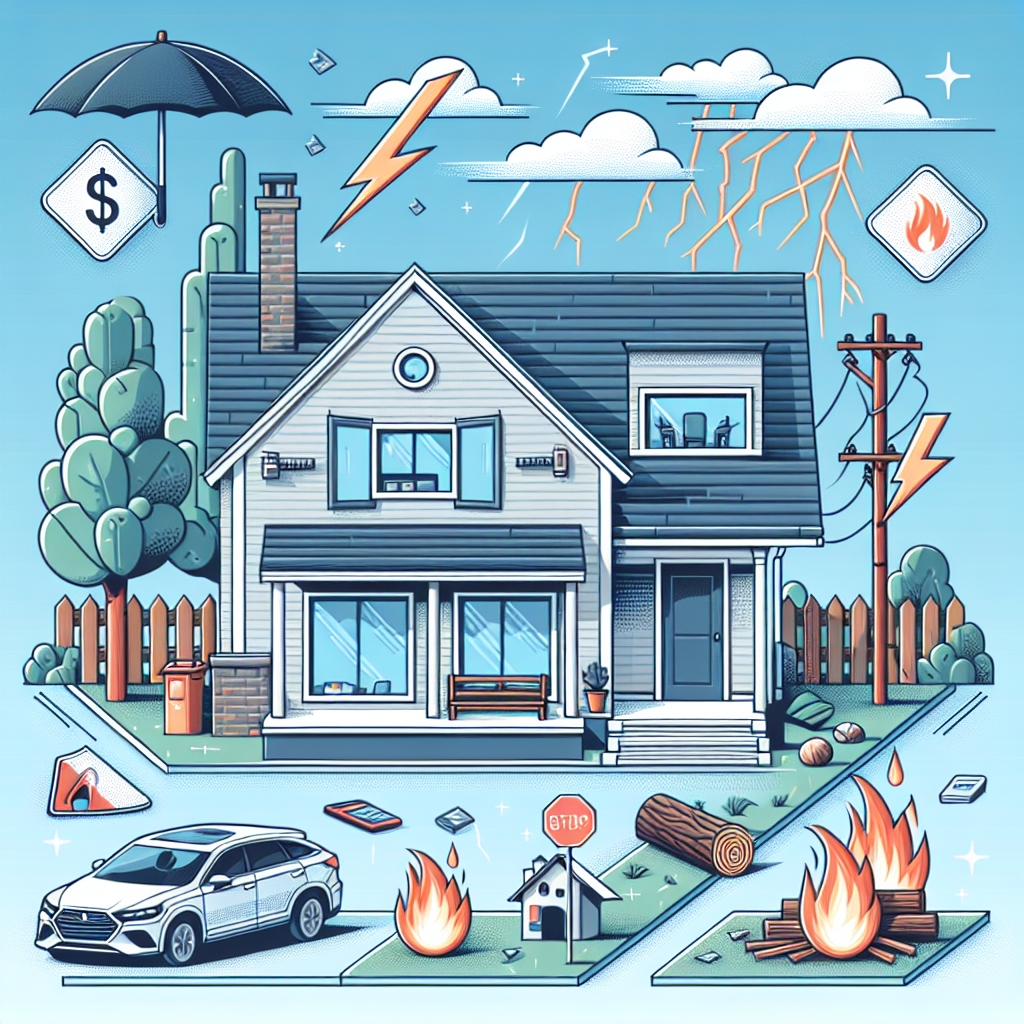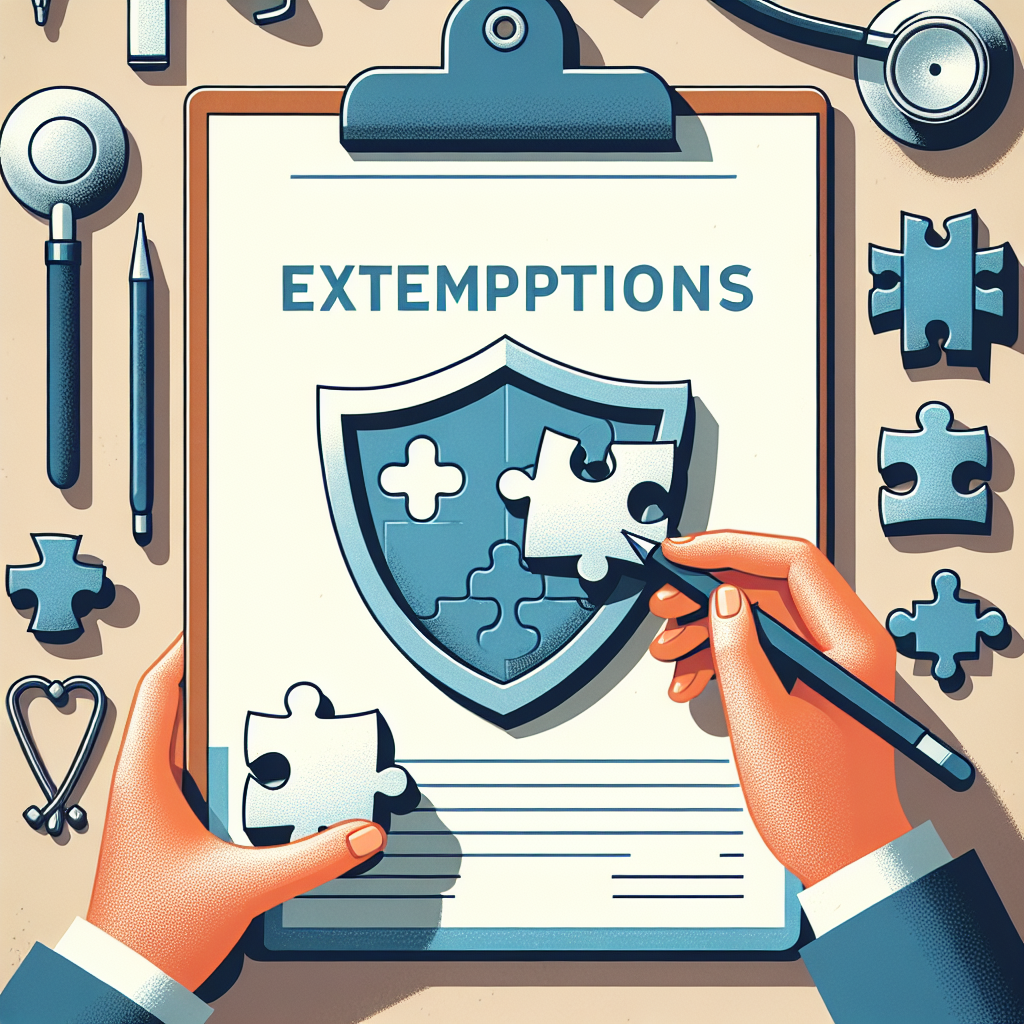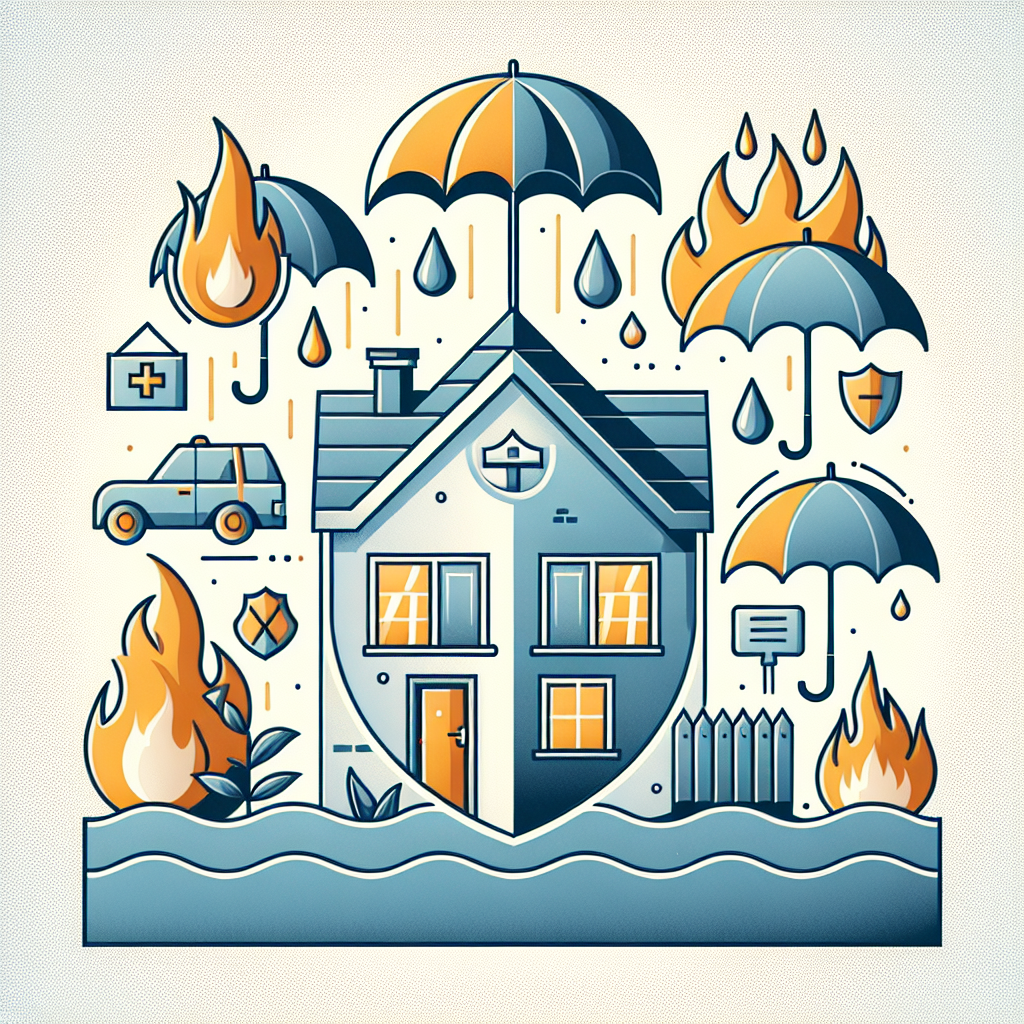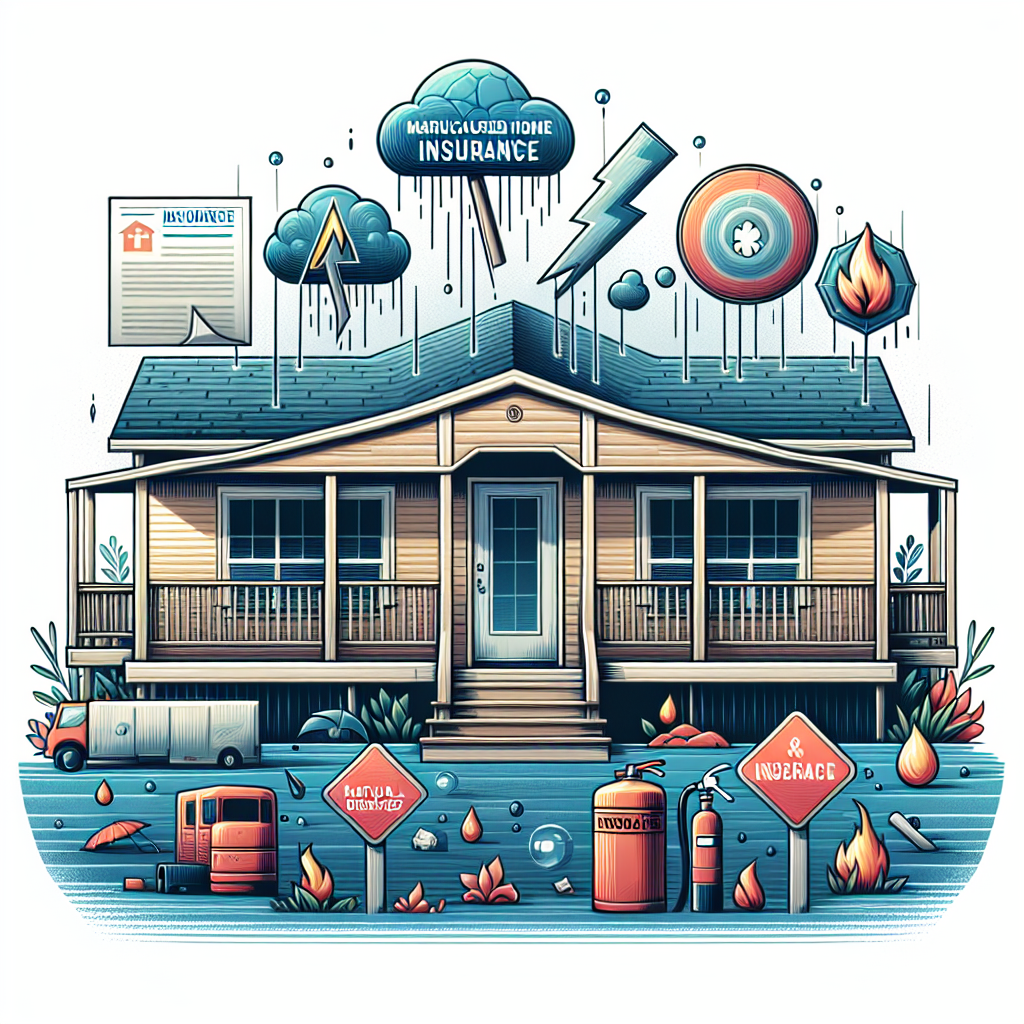Filed under Home Insurance on
What Is the Best Home Insurance Coverage for You

Shopping for homeowners insurance can feel like learning a new language. Premiums are rising in many regions, policies vary by carrier, and endorsements can make or break a claim. The good news: with a clear framework and a few strategic choices, you can pinpoint what truly protects your home, your budget, and your peace of mind. This guide explains the components that matter, current market shifts to watch, and how to tailor protection so it’s the best fit for your life—not just for the lowest price.
How homeowners insurance works: the building blocks
A standard homeowners policy is designed to repair or rebuild your home and protect your finances if you’re sued for injuries or property damage. Most owner-occupied homes use an HO-3 (Special Form) or HO-5 (Comprehensive) policy. HO-3 covers your dwelling on an “open perils” basis (unless excluded) and your belongings for “named perils.” HO-5 typically expands open-perils protection to both structure and contents and often increases sublimits for valuables.
Common policy forms
- HO-1: Basic named-perils coverage; rarely used today.
- HO-2: Broad named-perils coverage for structure and contents.
- HO-3: The most common; open perils for dwelling, named perils for personal property.
- HO-5: Expanded, often premium-tier coverage with broader protection for contents.
- HO-4: Renters insurance for personal property and liability.
- HO-6: Condo unit-owners coverage (walls-in), plus personal property and liability.
- HO-7: Mobile/manufactured home variant.
- HO-8: Older homes with unique construction, often actual cash value for repairs.
The core coverages in most policies
- Dwelling (Coverage A): The structure itself—walls, roof, built-ins.
- Other Structures (Coverage B): Detached items like fences, sheds, pools.
- Personal Property (Coverage C): Your belongings—furniture, clothing, electronics.
- Loss of Use (Coverage D): Additional living expenses if a covered loss makes your home uninhabitable.
- Personal Liability (Coverage E): Legal costs and judgments if you’re liable for injury or property damage.
- Medical Payments (Coverage F): Minor medical bills for guest injuries, regardless of fault.
Perils, exclusions, and why they matter
Policies list the causes of loss they cover or exclude. Common exclusions include flood, earthquake, earth movement, ordinance or law costs, and wear and tear. Water damage nuances also matter: sudden pipe bursts are typically covered; long-term leaks, seepage, and groundwater aren’t without endorsements. Wind and hail are covered in many regions but may carry higher deductibles or special limits.
Replacement cost vs. actual cash value
Two settlement methods largely determine how much you’re paid after a covered loss:
- Replacement Cost Value (RCV): Pays what it costs to replace the item with new materials of like kind and quality, up to your limit.
- Actual Cash Value (ACV): RCV minus depreciation. Older roofs, for example, could be significantly depreciated.
Replacement cost is the gold standard for both dwelling and personal property. Some insurers automatically apply RCV to the home itself but default to ACV for personal property unless you add an endorsement. If you live in a hail-heavy or hurricane-prone area, double-check how your roof is settled; some carriers default to ACV on older roofs unless you opt into RCV at a higher premium.
Setting the right limits: how to estimate rebuild costs
Your dwelling limit should reflect the full cost to rebuild your home today—not its market value. Land value, school districts, and neighborhood desirability drive market prices but won’t affect reconstruction invoices. Factors influencing rebuild cost include local labor rates, material prices, architectural features, foundation type, roof complexity, and custom millwork or finishes.
Insurers use replacement cost estimators, but you can sanity-check the number with a contractor’s input or a cost-per-square-foot benchmark for your area. During periods of high inflation or supply-chain strain, construction prices can jump quickly. Look for these additions to protect against cost swings:
- Inflation Guard: Automatically raises your limits to track rising costs over time.
- Extended Replacement Cost: Adds an extra cushion (for example, 25% or 50%) above your dwelling limit if costs exceed your base limit after a major loss.
- Guaranteed Replacement Cost (where available): Covers the full rebuild even if it exceeds your stated limit, subject to policy conditions.
- Ordinance or Law Coverage: Pays to bring your home up to current building codes after a loss. Older homes especially benefit from robust limits here.
Deductibles: your first line of risk sharing
Raising your deductible can lower your premium, but choose carefully. Coastal and hail-prone states commonly include separate percentage deductibles for wind, hurricane, or named storms (for example, 2% of Coverage A). On a $500,000 dwelling, that’s a $10,000 deductible when a named-storm claim occurs. Evaluate your savings versus your out-of-pocket risk and your emergency fund size.
Some carriers offer disappearing deductibles or claim-free credits, but frequent small claims can negate those benefits and increase your future premiums. Using insurance for catastrophes—not maintenance—helps keep costs manageable over time.
Endorsements that often deliver high value
Standard policies are a foundation. The following endorsements frequently fill important gaps:
- Water Backup/Sump Overflow: Covers damage from a backup through sewers or drains—a common, costly event not included in base policies. Choose a limit that reflects how much it would cost to restore finished basements or first floors.
- Service Line Coverage: Pays to repair underground utility lines on your property (water, sewer, electric) that you own.
- Equipment Breakdown: Helps repair or replace systems like HVAC, boilers, or appliances when they fail due to mechanical or electrical breakdown.
- Scheduled Personal Property: Specifically lists and insures high-value items (jewelry, art, collectibles) beyond standard sublimits, often with broader perils and no deductible.
- Cyber/Identity Theft: Covers expenses tied to identity fraud or cyber incidents at home.
- Home Business Endorsements: Enhances coverage for equipment, inventory, and liability if you work from home or run a microbusiness.
- Short-Term Rental/Homeshare: Adds the liability and property coverage you need if you rent rooms or the whole home.
- Animal Liability: Important if you have certain breeds or a bite history; some carriers exclude this by default.
Big exclusions: disasters a standard policy won’t cover
Flood is the most misunderstood gap. Home policies do not cover flood—defined as rising water from outside the home. To protect against that risk, you need separate flood insurance, either through the National Flood Insurance Program (NFIP) or private flood insurers that may offer higher limits or additional coverages. Even outside FEMA flood zones, heavy rain and urban drainage issues can cause damaging floods; many flood claims come from moderate- or low-risk areas.
Earthquake coverage is also excluded in standard home policies. You can add a separate endorsement or buy a standalone policy. In some states, specialty carriers and state-backed options exist. Landslide, mudflow, and earth movement typically require specialized coverage.
Wildfire is generally covered as a peril, but availability and pricing can be challenging in high-risk zones. Some states offer FAIR Plans as an insurer of last resort, which can be paired with a “wrap-around” policy from a private insurer for liability and broader property coverage.
Regional considerations: tailor coverage to your geography
- Coastal states: Expect separate wind/hurricane deductibles, stricter roof requirements, and sometimes limited carrier availability. Look for fortified roof credits and storm shutters discounts.
- Hail alley (Central U.S.): Pay attention to roof settlement terms (ACV vs. RCV) and preferred roofing materials. Impact-resistant shingles may earn a discount.
- Wildland-urban interface (West): Home hardening—cleared defensible space, ember-resistant vents, Class A roofs—can improve insurability and may qualify for discounts.
- Older homes (Northeast, Midwest): Higher ordinance or law limits are crucial due to code upgrades; knob-and-tube wiring or outdated plumbing can limit carrier choices until updated.
- Earthquake-prone areas (West Coast): Separate earthquake policy with adequate dwelling and loss-of-use limits; consider a higher deductible to manage premium.
- Flood-prone regions: Even outside high-risk zones, a preferred-risk flood policy can be affordable and valuable.
What insurers evaluate and how pricing works
Carriers price risk using multiple data points, including roof age and material, electrical and plumbing systems, square footage, claims history, fire protection class, and, in many states, credit-based insurance scores. Roof condition and updates to wiring, HVAC, and plumbing are especially important for both safety and pricing.
Ways to improve pricing and acceptance:
- Update aging systems (electrical panels, polybutylene or galvanized plumbing, old roofs).
- Install monitored smoke and water leak detectors; some carriers offer smart-home discounts.
- Bundle home and auto for multi-policy discounts.
- Choose a deductible aligned with your emergency fund.
- Stay claim-conscious; consider paying for minor repairs out of pocket to preserve discounts.
Market trends to watch in 2024–2025
Industry sources, including the Insurance Information Institute and major reinsurers, continue to note higher catastrophe losses, reinsurance expenses, and construction inflation. In certain states, consumers have faced nonrenewals, shrinking carrier appetite, and steep rate filings. Expect tighter underwriting, more granular pricing by roof type and age, and broader use of separate wind or hail deductibles.
At the same time, insurers are investing in risk mitigation: discounts for fortified roofs and wildfire hardening, smart leak detection credits, and proactive inspections. Many carriers are also revisiting roof settlement terms, steering customers toward impact-resistant materials and professional maintenance to balance affordability with resilience.
How to compare quotes like a pro
Comparing policies strictly on premium is a fast track to surprises at claim time. To truly zero in on the best home insurance coverage for your situation, align on coverage scope first, then price the result.
An apples-to-apples comparison checklist
- Dwelling limit: Based on realistic rebuild costs and square footage; confirm estimator details.
- Replacement cost: RCV on both dwelling and personal property, if available.
- Extended or guaranteed replacement cost: Evaluate 25% to 50% “buffer” levels.
- Ordinance or law: Consider 10% to 50% of dwelling limit for older homes.
- Deductibles: Compare all—AOP (all other perils), wind/hail, named storm/hurricane.
- Roof settlement: RCV vs. ACV; any age-based depreciation schedules?
- Endorsements: Water backup limits, service line, equipment breakdown, scheduled items.
- Excluded perils: Note any dog breed, trampoline, pool, or home business exclusions.
- Loss of use: Ensure enough to maintain your lifestyle during repairs.
- Liability limits: Many homeowners benefit from $300,000–$500,000 or higher, plus an umbrella policy if needed.
Choosing distribution and carrier strength
- Independent agent vs. captive: Independent agents compare multiple carriers; captive agents represent one brand. Both can be excellent, but independent agents offer broader market reach.
- Financial strength: Look for strong third-party ratings (for example, A.M. Best) and low complaint ratios (NAIC Complaint Index).
- Claims experience: J.D. Power and consumer reviews provide insight into satisfaction and responsiveness.
- Admitted vs. surplus lines: Admitted carriers are backed by state guaranty funds. Surplus lines may be the only option in high-risk zones; read terms carefully.
Scenario planning: different homeowners, different needs
First-time buyer, suburban starter home
Priorities: accurate rebuild value, RCV on contents, water backup, and adequate loss of use. You might select a $2,500 deductible to balance premium and out-of-pocket risk. If you work remotely, check for business property endorsements. In this case, finding the best home insurance coverage means prioritizing dependable basics with a couple of high-impact riders like water backup and service line.
Coastal homeowner, wind-exposed property
Priorities: strong roof settlement terms, wind/hurricane deductible you can comfortably fund, fortified roof or shutter credits, and higher loss-of-use limits in case of lengthy post-storm repairs. Consider a separate flood policy, even if you’re outside a high-risk zone. For you, the best home insurance coverage hinges on resilience—investing in mitigation and choosing policy terms that won’t leave you short after a major storm.
Short-term rental host or house hacker
Priorities: proper endorsement or policy form for homesharing, higher liability limits, and clear coverage for guest-caused damage. Some platforms offer limited liability protection, but it may not cover your property. For this owner, the best home insurance coverage accounts for elevated liability exposure, correct classification of the rental activity, and robust loss-of-use coverage if repairs sideline income.
Common pitfalls to avoid
- Underinsuring the dwelling: Setting Coverage A to your mortgage balance or purchase price can leave a large gap. Focus on rebuild cost.
- Ignoring ordinance or law: Older homes can trigger significant upgrade costs after a loss.
- Assuming valuables are covered: Jewelry, art, and collectibles need scheduling to bypass low sublimits.
- Skipping water backup: One of the most frequent exclusions in base policies; repairs can be pricey.
- Accepting ACV on older roofs without price context: Savings may be outweighed by reduced claim payments.
- Not disclosing risks: Pools, trampolines, or certain dogs must be disclosed; otherwise claims can be denied.
- Chasing the cheapest quote: The lowest price isn’t always the best home insurance coverage; concentrate on claim-time performance and coverage breadth.
FAQs
Is market value the same as my dwelling limit?
No. Market value includes land and local demand; dwelling limit should reflect the cost to rebuild your home structure with similar materials and features.
How often should I review my policy?
At least annually and after major changes: renovations, roof replacement, addition of a pool, high-value purchases, or lifestyle shifts like homesharing. Construction inflation can move quickly; don’t let limits lag behind.
Can I change my deductible midterm?
Often yes, but it varies by carrier and state. A higher deductible may reduce premium; ensure it’s an amount you can readily cover in an emergency.
Are mold or gradual leaks covered?
Most policies exclude long-term seepage and limit mold coverage. Sudden and accidental water damage is usually covered, but mold remediation caps can be low without endorsements. Address maintenance issues early and consider water leak sensors.
Does my policy cover a home business?
Standard policies offer limited coverage for business property and liability. If clients visit your home or you store inventory, you may need endorsements or a separate business policy.
How can I reduce premium without weakening coverage?
- Increase your deductible to a comfortable level.
- Bundle with auto; install smart safety devices.
- Update roofs and systems to qualify for discounts.
- Remove small claims from your strategy; reserve insurance for large losses.
A step-by-step plan to tailor your policy
- Document your home: Square footage, construction type, roof age/material, updates, and special features.
- Estimate rebuild cost: Use your insurer’s estimator and local contractor input to sanity-check.
- Select settlement methods: Aim for RCV on dwelling and contents; confirm roof terms.
- Add a cushion: Consider 25%–50% extended replacement cost and sufficient ordinance or law coverage.
- Set deductibles: Pick AOP and wind/hail deductibles aligned with your emergency fund.
- Address big exclusions: Decide on flood and earthquake coverage based on your risk profile.
- Fill common gaps: Add water backup, service line, and schedule valuables as needed.
- Right-size liability: Consider $300,000–$500,000 or more; umbrella coverage for added protection.
- Compare carriers: Independent agents can shop multiple insurers; verify financial strength and claims satisfaction.
- Revisit annually: Update limits after renovations or cost changes; keep photos and receipts for major items.
What “best” really means
There’s no one-size-fits-all policy. The best home insurance coverage is less about a brand name and more about the alignment between risk, coverage, and budget. For a suburban family, it might be a robust HO-5 with generous water backup and scheduled jewelry. For a coastal homeowner, it could emphasize roof RCV, realistic wind deductibles, and a separate flood policy. For a homeshare host, it’s the right endorsements for guest-related risks plus higher liability limits.
Industry experts consistently stress two ideas: mitigate risk where you can, and insure efficiently for what you can’t. Hardening your home often earns discounts and improves availability, while smart policy design helps you avoid large out-of-pocket surprises after a loss. Carriers that invest in claims service and clear settlement terms tend to deliver better experiences when you need them most.
As you evaluate options, keep an eye on rebuild costs, settlement methods, wind and hail deductibles, and endorsements that match your home’s vulnerabilities. Align those elements first, then compare price among financially strong carriers. That approach helps you secure the best home insurance coverage without sacrificing resilience when it counts.
Bottom line: your needs, location, and tolerance for risk determine the right mix of limits, deductibles, and endorsements. Work with a knowledgeable agent, verify carrier stability and claims reputation, and revisit your policy as your home and life evolve. When your coverage mirrors your real-world risks, you’ll know you’ve chosen the best home insurance coverage for you.





